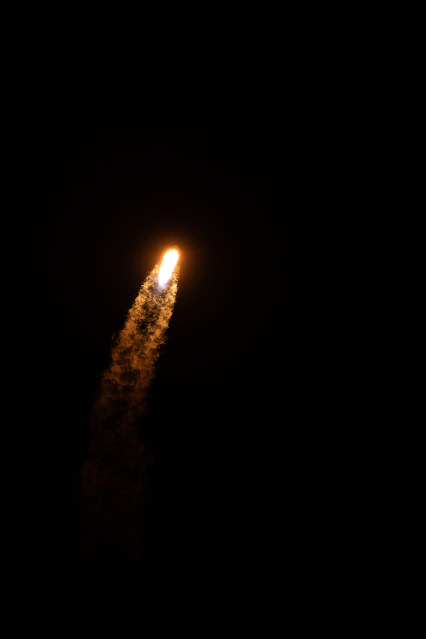Face-on Spiral Galaxy ESO 420-G013 in Sculptor | Hubble
About 10 percent of all the galaxies in the universe are thought to be Seyfert galaxies. They are typically spiral galaxies and have very bright nuclei, the result of supermassive black holes at their centers accreting material that releases vast amounts of radiation. The cores of these “active galaxies” are brightest when observing light outside the visible spectrum. Often galaxies with these kinds of active galactic nuclei are so bright that the host galaxy itself cannot be seen, washed out by the glow of its nuclei, but Seyfert galaxies are distinctive because the galaxy itself is also visible. In the case of ESO 420-G013, we can enjoy the galaxy’s almost perfectly round disk, brighter core, and whirled filaments of dark dust.
NASA’s Hubble Space Telescope observed ESO 420-G013 as part of a study of Luminous Infrared Galaxies, or LIRGs, that are known to be extremely bright in the infrared part of the spectrum. Galactic interactions trigger new regions of star formation in LIRGs, causing them to be highly luminous in infrared light.
Image Credit: NASA/European Space Agency (ESA)/A. Evans (University of Virginia)
Image Processing: Gladys Kober (NASA/Catholic University of America)
Release Date: Feb. 16, 2024
#NASA #Hubble #Astronomy #Space #Science #Stars #Galaxies #Galaxy #ESO420G013 #SpiralGalaxy #SeyfertGalaxy #LIRG #Sculptor #Constellation #Cosmos #Universe #HST #SpaceTelescope #Optical #Infrared #ESA #Europe #GSFC #MSFC #STScI #UnitedStates #STEM #Education
.jpg)












.jpg)